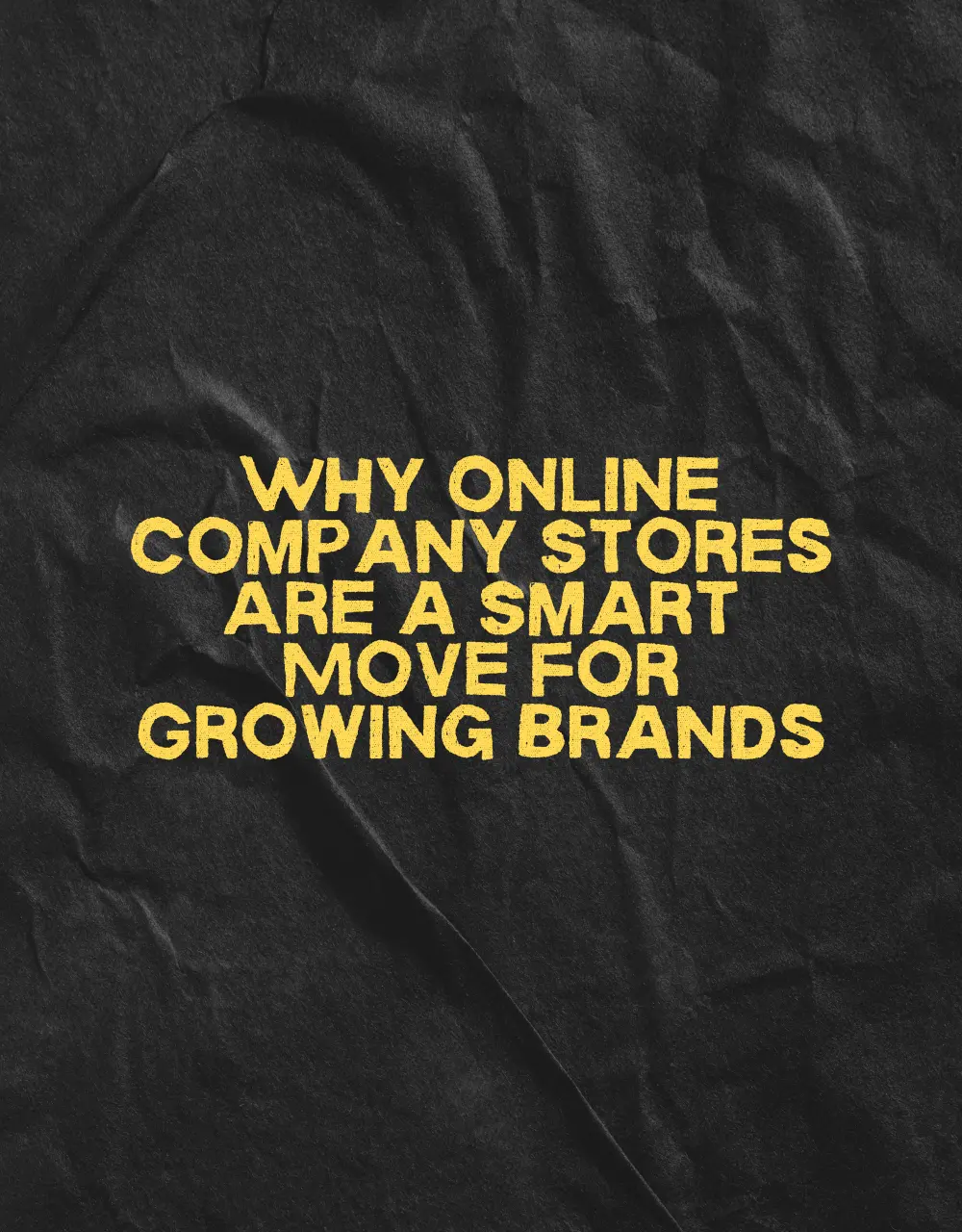What Is Cork, and How Is It Sustainably Produced?
Pop your favorite bottle of wine, and let's dive into all the cork facts.

I think we can all assume that mostly everyone knows what cork is, and our first introduction was probably from a wine bottle. Materials used with cork weren't as popular as they are now, and it’s a powerhouse for sustainable products. Cork has been underrated for far too long, and we are here to change the narrative. So pop open your bottle of wine and let’s dive into all the cork facts.
You’re probably wondering where cork comes from and how it’s made. Before our research, we’d see the cork in the wine bottle and not think much of it besides removing it to get to the wine. Are we wrong?
What is cork?
To know the purpose of cork, we have to know exactly what cork is, correct? Cork is an extremely sustainable natural material derived from the cork oak tree. Yes, there are cork trees, and we just found out about them. Most of these trees are located throughout Southwestern Europe and into Northwestern Africa: Portugal, Spain, France, Italy, Algeria, Morocco, and Tunisia. Portugal happens to be the country with the biggest cork production.
Turns out the United States has tried multiple times to plant cork, but we haven’t been the most successful due to our soil.
Cork was being used as early as 3000 BC for fishing tackle in countries like China, Egypt, and Babylon. Later, it was recognized to be used for floats, footwear, and roofing materials in Italy. This has been an important material used for thousands of years, and it’s only now getting the recognition it deserves.
How is cork made?
As we said earlier, cork comes from the bark of the cork oak tree, and there is a process to get the squishy material onto the market. Before we start, no trees are chopped down in the process, just to make sure everyone is on the same page. That’s another beautiful benefit of this material.
It starts off with harvesting the bark from the cork trees when they are around 25–30 years old. The bark is removed from the tree in the summer and left to mature in the sun for up to one year. If you look it up, you can see the planks of bark stacked on top of each other, and it’s crazy to see what it looks like compared to what it turns into!
After the cork has matured, it is then boiled to flatten the boards. This also helps sterilize the premature cork! The majority of cork is made into "stoppers," which is the highest quality cork, and the remainder is crushed to make granulated cork, which is mostly used for decorative cork products.
As a community and society, we continue searching for sustainable materials. It’s important to know what the history is and the process of how it’s made.
Cork's advantages:
- It’s lightweight! Actually, actually 50% of the volume of cork consists of air. It will most likely float every time.
- It is able to withstand pressure at 14,000 lbs. and will retain 90% of its original form.
- Water resistant
- Naturally antimicrobial
- extremely durable. *products containing cork can have a lifetime of 30+ years if taken care of.
Look for the nearest Cork Recycling Locations:
https://recork.com/us/locations
SOME FAVORITE CORK PRODUCTS:
Our insights

Why Cheap Merch Costs Brands More in the Long Run

Why Online Company Stores Are a Smart Move for Growing Brands

Why Branded Employee Headwear Matters for Modern Teams

Find your ultimate branding solution.
Got some ideas but not sure how to execute?

















